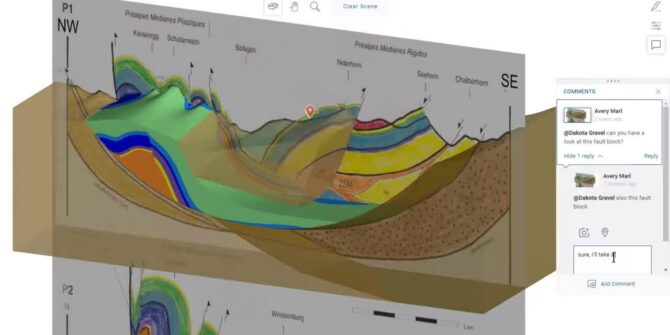
Central – Notifications
Duration2 minJTNDJTIxLS0lMjBUaGUlMjBzY3JpcHQlMjB0YWclMjBzaG91bGQlMjBsaXZlJTIwaW4lMjB0aGUlMjBoZWFkJTIwb2YlMjB5b3VyJTIwcGFnZSUyMGlmJTIwYXQlMjBhbGwlMjBwb3NzaWJsZSUyMC0tJTNFJTBBJTNDc2NyaXB0JTIwdHlwZSUzRCUyMnRleHQlMkZqYXZhc2NyaXB0JTIyJTIwYXN5bmMlMjBzcmMlM0QlMjJodHRwcyUzQSUyRiUyRnBsYXkudmlkeWFyZC5jb20lMkZlbWJlZCUyRnY0LmpzJTIyJTNFJTNDJTJGc2NyaXB0JTNFJTBBJTBBJTNDJTIxLS0lMjBQdXQlMjB0aGlzJTIwd2hlcmV2ZXIlMjB5b3UlMjB3b3VsZCUyMGxpa2UlMjB5b3VyJTIwcGxheWVyJTIwdG8lMjBhcHBlYXIlMjAtLSUzRSUwQSUzQ2ltZyUwQSUyMCUyMHN0eWxlJTNEJTIyd2lkdGglM0ElMjAxMDAlMjUlM0IlMjBtYXJnaW4lM0ElMjBhdXRvJTNCJTIwZGlzcGxheSUzQSUyMGJsb2NrJTNCJTIyJTBBJTIwJTIwY2xhc3MlM0QlMjJ2aWR5YXJkLXBsYXllci1lbWJlZCUyMiUwQSUyMCUyMHNyYyUzRCUyMmh0dHBzJTNBJTJGJTJGcGxheS52aWR5YXJkLmNvbSUyRnp1ZmRmd3AzUmg1WmFxS0FoM3BTQ0MuanBnJTIyJTBBJTIwJTIwZGF0YS11dWlkJTNEJTIyenVmZGZ3cDNSaDVaYXFLQWgzcFNDQyUyMiUwQSUyMCUyMGRhdGEtdiUzRCUyMjQlMjIlMEElMjAlMjBkYXRhLXR5cGUlM0QlMjJpbmxpbmUlMjIlMEElMkYlM0UlMEE= Video Transcript The video transcript gets copy and pasted here
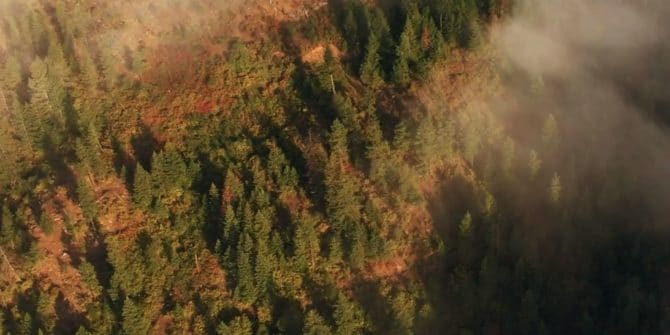
Dig Deeper | Advice for VPs of Exploration
Steve has over 32 years of experience in successful exploration, leadership, mine development and was awarded the 2016 E.A. Scholz Award. Steve imparts his advice, stories from in the field and key learnings for VPs of
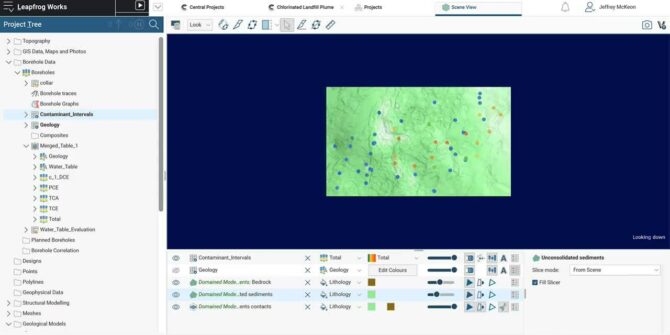
Part 2: Building Domains for Contaminant Modelling
Setting up initial parameters for the contaminants extension. Building two domains through: 1. Geostatistical analysis - Unit-based data interrogation of our contaminant intervals in relation
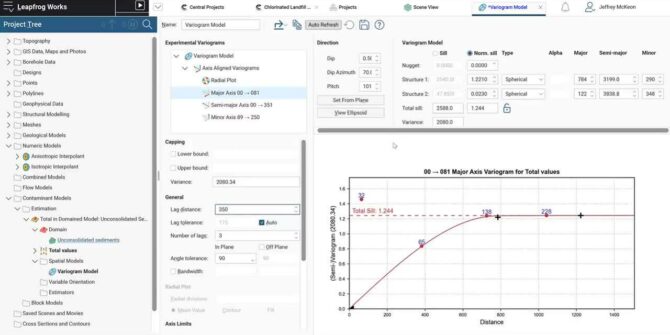
Part 3: Navigating the Contaminants Extension Folder
Navigating the Contaminant Model folder in the project tree Building two kriging estimators: - Ordinary Kriging estimator using our more constrained domain - Simple Kriging
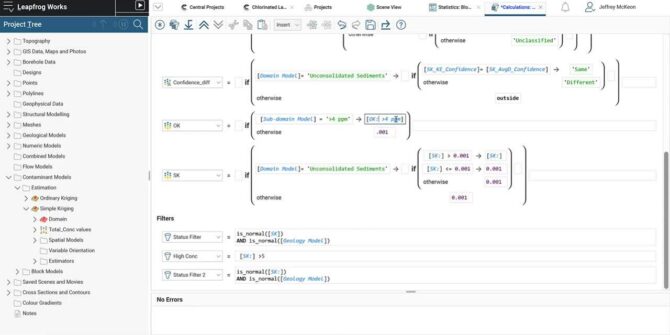
Part 4: Block Model Calculations, Statistics and Reporting
Calculations and filters - Build calculations and filters specific to the Block Model for visualisation and reporting Block interrogation - Select a block and view
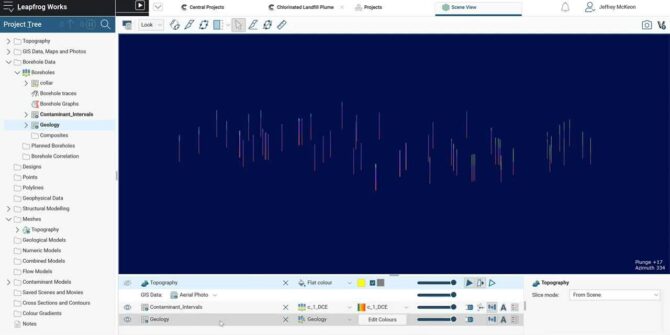
Part 1: Leapfrog Basics – Importing Data and Building a Model
Importing Data - Import a variety of input data including a georeferenced map, GIS vector data, lithological data, contaminant data and an elevation grid Validating
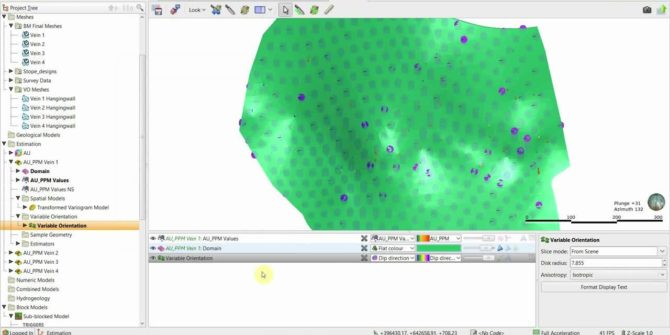
Technical Tuesday: Using Leapfrog Edge for dynamics grade control in underground mines
This workshop will cover: • Tips and tricks for generating underground workflows in Leapfrog Edge• Fundamental steps required to set up an estimation domain• Evaluating
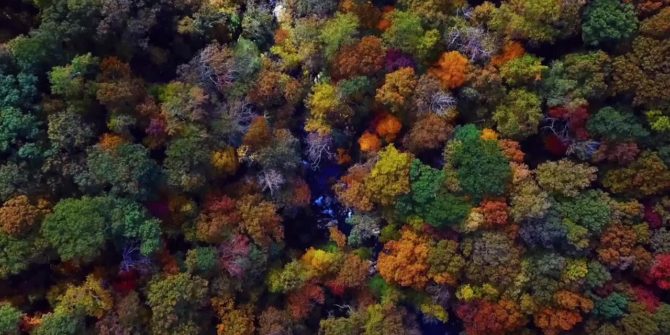
Technical Tuesday: Linking Lithology and Geochemistry with ioGAS and Leapfrog Geo workflows
This video covers: Sending Leapfrog Geo interval and point data to ioGAS Analysing data and assigning attributes in ioGAS Advanced Geochemistry Workflows Visualising geochemical data




